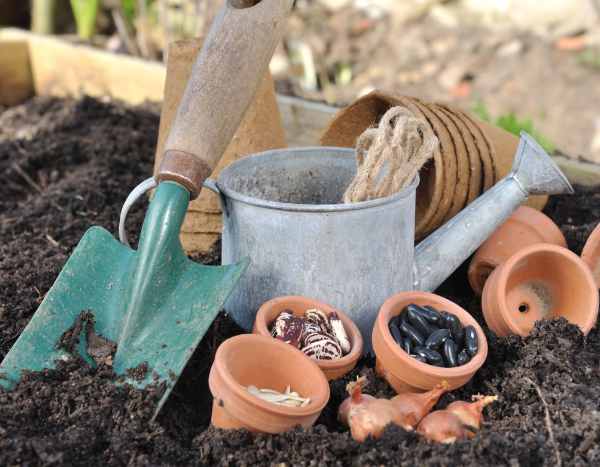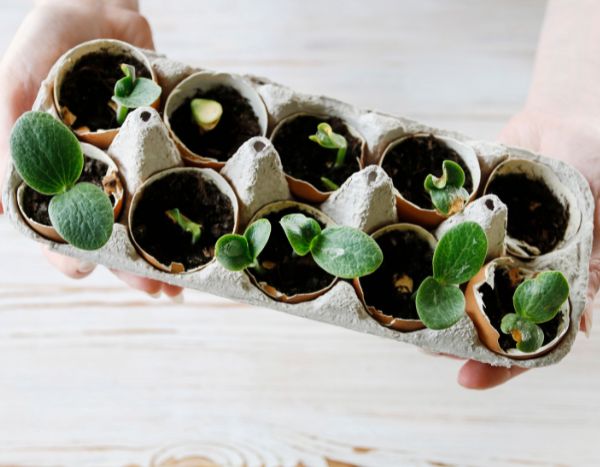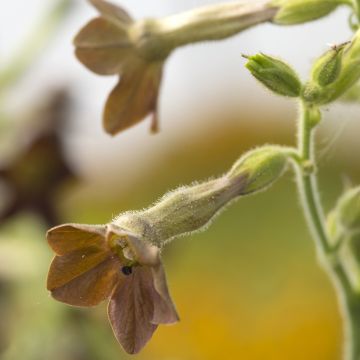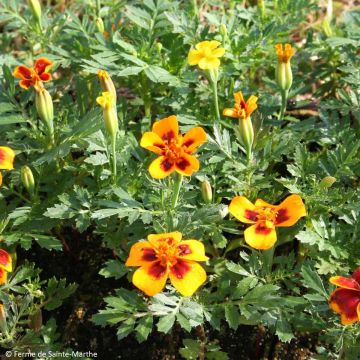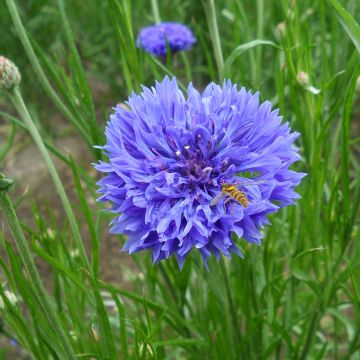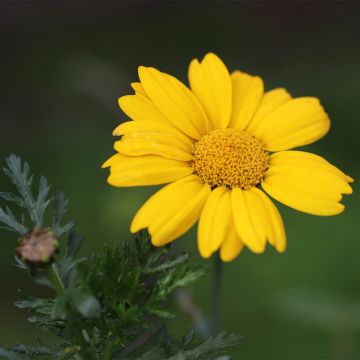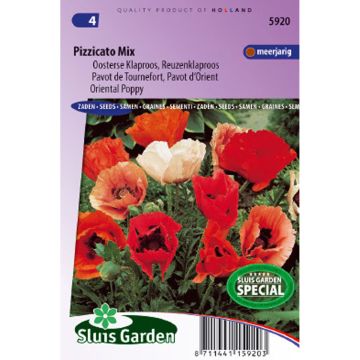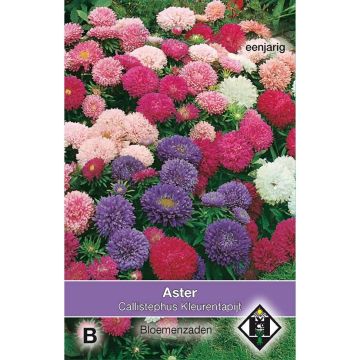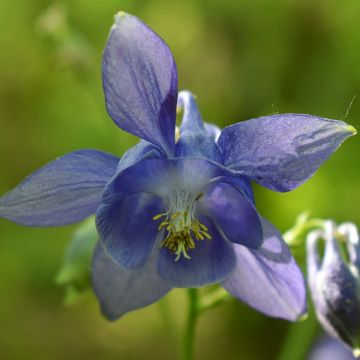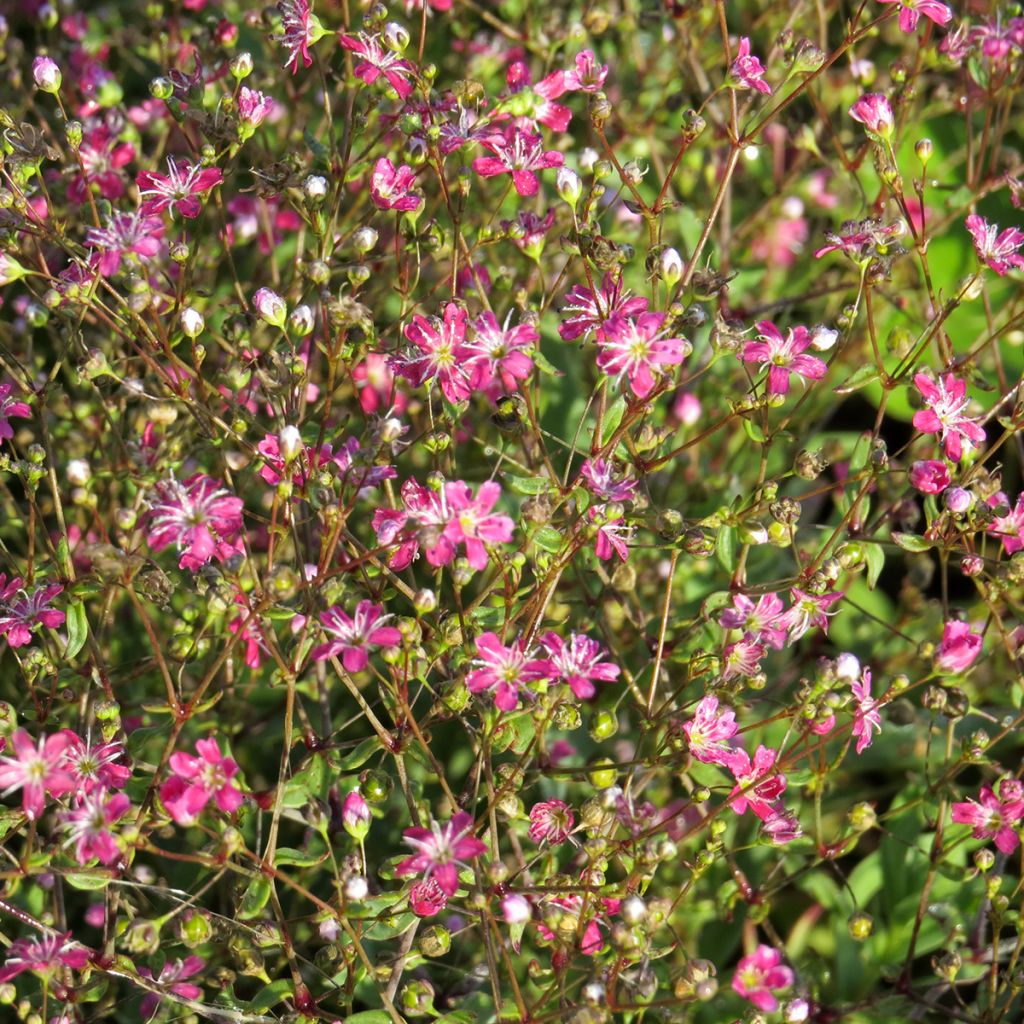

Gypsophila elegans Kermesina seeds
Gypsophila elegans Kermesina seeds
Gypsophila elegans Kermesina
Annual Baby's Breath
Special offer!
Receive a €20 voucher for any order over €90 (excluding delivery costs, credit notes, and plastic-free options)!
1- Add your favorite plants to your cart.
2- Once you have reached €90, confirm your order (you can even choose the delivery date!).
3- As soon as your order is shipped, you will receive an email containing your voucher code, valid for 3 months (90 days).
Your voucher is unique and can only be used once, for any order with a minimum value of €20, excluding delivery costs.
Can be combined with other current offers, non-divisible and non-refundable.
Home or relay delivery (depending on size and destination)
Schedule delivery date,
and select date in basket
This plant carries a 6 months recovery warranty
More information
We guarantee the quality of our plants for a full growing cycle, and will replace at our expense any plant that fails to recover under normal climatic and planting conditions.
Would this plant suit my garden?
Set up your Plantfit profile →
Description
Gypsophila elegans 'Kermesina' is a variety of annual Baby's Breath selected for its carmine pink flowering, more colourful than other cultivars. The plant produces a multitude of graceful small flowers that form a sort of cloud in summer. This delicate flowering is highly prized in fresh or dried bouquets.
Gypsophila elegans 'Kermesina', commonly called annual baby's breath or elegant gypsophila, belongs to the Caryophyllaceae family. The wild botanical species is native to Eastern Europe and Western Asia, particularly the Caucasus regions, where it grows naturally in open meadows and well-drained soils.
The 'Kermesina' cultivar is distinguished by its deep carmine pink flowers, much more colourful than those of the typical species, as well as its abundant flowering. This annual plant with a rapid life cycle forms a bushy, branching clump, reaching about 40 to 50 cm in height and 30 to 40 cm in width. Its foliage is composed of linear to lanceolate, greyish green leaves, arranged opposite along the stems. The inflorescences appear in summer, between June and August, or even until September, depending on the sowing date and climatic conditions. They take the form of loose panicles bearing a multitude of small star-shaped flowers, measuring 5 to 7 mm in diameter. These flowers are borne on long, thin stems, giving the plant a light and airy appearance. After flowering, the plant produces dry capsules containing small black seeds, which ripen in late summer. These seeds can be harvested for later sowings. This plant does not self-seed significantly.
Gypsophila elegans 'Kermesina' is a graceful annual, ideal for bringing a light and colourful touch to borders, flowerbeds and floral compositions. Its lightness is a good accompaniment to the roundness of roses, in the garden and in a vase. It softens lines, fills gaps between perennials and brings a touch of romantic blur to colourful scenes. Its flowering marries wonderfully with the lavender blue of Love-in-a-mist 'Miss Jekyll Blue', the upright spikes of Clary Sage 'Pink Sundae', or the yellow pompoms of Craspedia globosa 'Golf Beauty' for a modern and bright contrast. It is also perfect for country bouquets, fresh or dried. It is also entirely feasible to grow it in a pot.
Despite its fragile appearance, this Baby's Breath is easy to grow. Plant it in the sun, in a not too rich, well-drained soil. It is undemanding, even growing in limestone (in Latin, Gypsophila means "lover of chalk"). Once established, it needs little care and little watering.
Report an error about the product description
Flowering
Foliage
Plant habit
Botanical data
Gypsophila
elegans
Kermesina
Caryophyllaceae
Annual Baby's Breath
Arenaria pulchella, Gypsophila carminea, Gypsophila ceballosi, Gypsophila elegans var. latipetala, Gypsophila producta, Silene elegans
Cultivar or hybrid
Planting and care
Sow the elegant baby's breath 'Kermesina' from March to May, either directly in the ground once the risk of frost has passed, or under cover for earlier flowering. The seeds should simply be pressed onto finely raked, well-drained soil and left uncovered, as they require light to germinate. Keep the substrate moist but not waterlogged: germination usually occurs within 10 to 14 days at temperatures above 18°C.
Thin out the young plants, spacing them about 30 cm apart to encourage beautiful, airy flowering. Position them in a sunny location, in light, poor to moderately rich soil, preferably slightly chalky. Avoid heavy or constantly damp soils, which hinder their development. Once established, the plant requires no particular maintenance, aside from occasional watering during prolonged dry spells.
Sowing period
Intended location
Planting & care advice
This item has not been reviewed yet - be the first to leave a review about it.
Similar products
Haven't found what you were looking for?
Hardiness is the lowest winter temperature a plant can endure without suffering serious damage or even dying. However, hardiness is affected by location (a sheltered area, such as a patio), protection (winter cover) and soil type (hardiness is improved by well-drained soil).

Photo Sharing Terms & Conditions
In order to encourage gardeners to interact and share their experiences, Promesse de fleurs offers various media enabling content to be uploaded onto its Site - in particular via the ‘Photo sharing’ module.
The User agrees to refrain from:
- Posting any content that is illegal, prejudicial, insulting, racist, inciteful to hatred, revisionist, contrary to public decency, that infringes on privacy or on the privacy rights of third parties, in particular the publicity rights of persons and goods, intellectual property rights, or the right to privacy.
- Submitting content on behalf of a third party;
- Impersonate the identity of a third party and/or publish any personal information about a third party;
In general, the User undertakes to refrain from any unethical behaviour.
All Content (in particular text, comments, files, images, photos, videos, creative works, etc.), which may be subject to property or intellectual property rights, image or other private rights, shall remain the property of the User, subject to the limited rights granted by the terms of the licence granted by Promesse de fleurs as stated below. Users are at liberty to publish or not to publish such Content on the Site, notably via the ‘Photo Sharing’ facility, and accept that this Content shall be made public and freely accessible, notably on the Internet.
Users further acknowledge, undertake to have ,and guarantee that they hold all necessary rights and permissions to publish such material on the Site, in particular with regard to the legislation in force pertaining to any privacy, property, intellectual property, image, or contractual rights, or rights of any other nature. By publishing such Content on the Site, Users acknowledge accepting full liability as publishers of the Content within the meaning of the law, and grant Promesse de fleurs, free of charge, an inclusive, worldwide licence for the said Content for the entire duration of its publication, including all reproduction, representation, up/downloading, displaying, performing, transmission, and storage rights.
Users also grant permission for their name to be linked to the Content and accept that this link may not always be made available.
By engaging in posting material, Users consent to their Content becoming automatically accessible on the Internet, in particular on other sites and/or blogs and/or web pages of the Promesse de fleurs site, including in particular social pages and the Promesse de fleurs catalogue.
Users may secure the removal of entrusted content free of charge by issuing a simple request via our contact form.
The flowering period indicated on our website applies to countries and regions located in USDA zone 8 (France, the United Kingdom, Ireland, the Netherlands, etc.)
It will vary according to where you live:
- In zones 9 to 10 (Italy, Spain, Greece, etc.), flowering will occur about 2 to 4 weeks earlier.
- In zones 6 to 7 (Germany, Poland, Slovenia, and lower mountainous regions), flowering will be delayed by 2 to 3 weeks.
- In zone 5 (Central Europe, Scandinavia), blooming will be delayed by 3 to 5 weeks.
In temperate climates, pruning of spring-flowering shrubs (forsythia, spireas, etc.) should be done just after flowering.
Pruning of summer-flowering shrubs (Indian Lilac, Perovskia, etc.) can be done in winter or spring.
In cold regions as well as with frost-sensitive plants, avoid pruning too early when severe frosts may still occur.
The planting period indicated on our website applies to countries and regions located in USDA zone 8 (France, United Kingdom, Ireland, Netherlands).
It will vary according to where you live:
- In Mediterranean zones (Marseille, Madrid, Milan, etc.), autumn and winter are the best planting periods.
- In continental zones (Strasbourg, Munich, Vienna, etc.), delay planting by 2 to 3 weeks in spring and bring it forward by 2 to 4 weeks in autumn.
- In mountainous regions (the Alps, Pyrenees, Carpathians, etc.), it is best to plant in late spring (May-June) or late summer (August-September).
The harvesting period indicated on our website applies to countries and regions in USDA zone 8 (France, England, Ireland, the Netherlands).
In colder areas (Scandinavia, Poland, Austria...) fruit and vegetable harvests are likely to be delayed by 3-4 weeks.
In warmer areas (Italy, Spain, Greece, etc.), harvesting will probably take place earlier, depending on weather conditions.
The sowing periods indicated on our website apply to countries and regions within USDA Zone 8 (France, UK, Ireland, Netherlands).
In colder areas (Scandinavia, Poland, Austria...), delay any outdoor sowing by 3-4 weeks, or sow under glass.
In warmer climes (Italy, Spain, Greece, etc.), bring outdoor sowing forward by a few weeks.






































